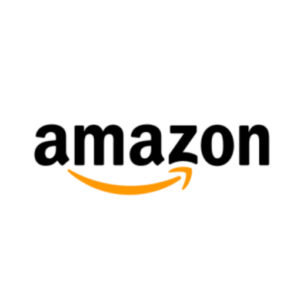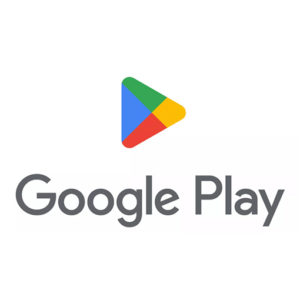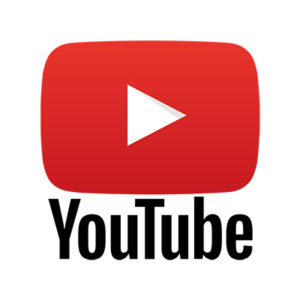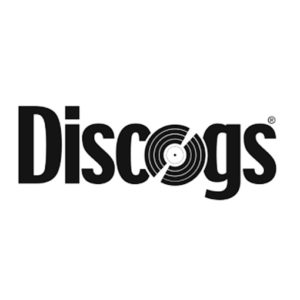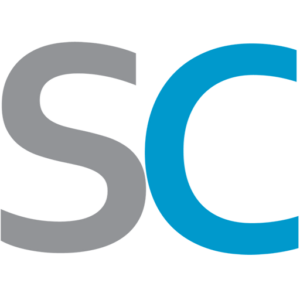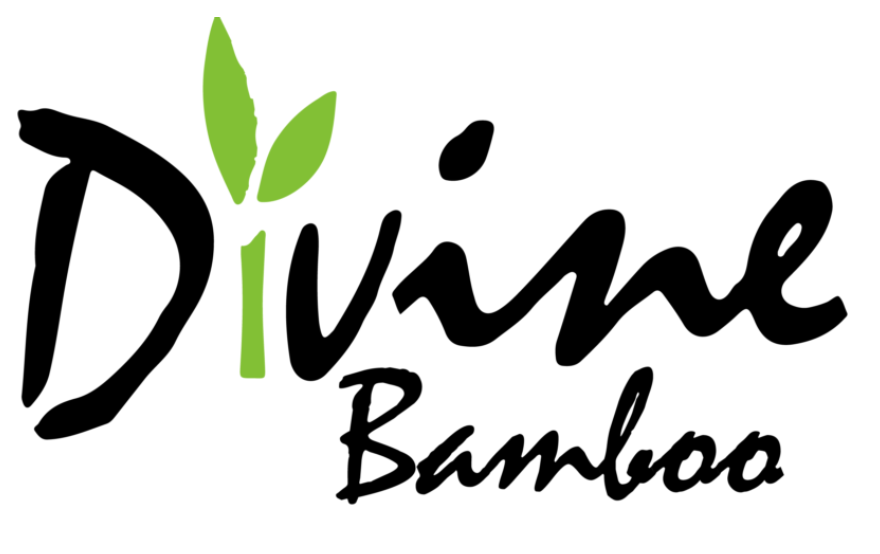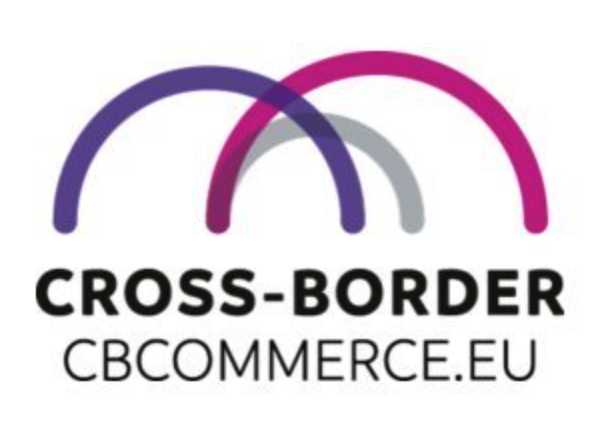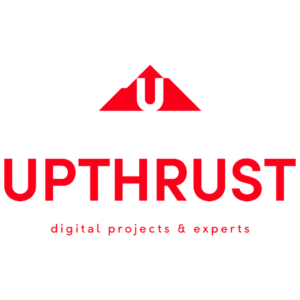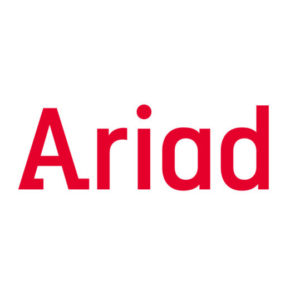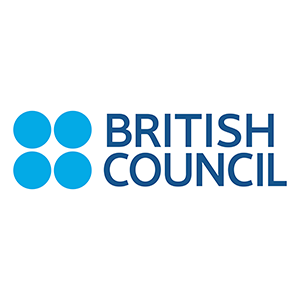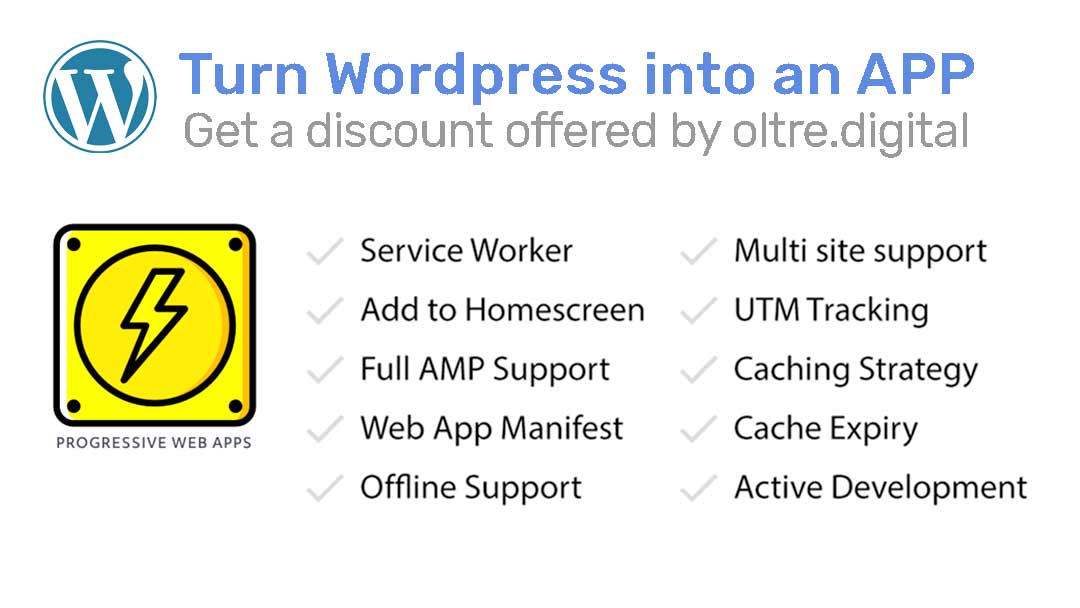What is a Digital Strategy?
Digital Strategy is the overall plan to use digital technologies and channels to achieve specific business goals. It involves identifying the most effective ways to use digital tools and channels to reach target customers, engage with them, and achieve desired outcomes.
How to build a successful Digital Marketing Strategy?
To succeed with a digital marketing strategy, it’s essential to clearly define your business goals and objectives and then align them with your target audience and the digital channels and tools most likely to reach and engage them. This may involve conducting market intelligence research, also with support of the most recent and advanced AI tools, to understand your audience and their online behaviour and analysing the competitive landscape to see how other companies in your industry are using digital channels.
Once you clearly understand your target audience(s) and the digital channels and tools available to you, you can begin to develop a plan to achieve your business goals. This may involve creating and implementing tactics such as:
- Developing a website or online store
- Creating and distributing content, such as blog posts, articles, or videos
- Running paid advertising campaigns on platforms like Google Ads (Search, Display, Shopping, Video via YouTube), TikTok, LinkedIn, X, Meta (Facebook, Instagram) and other platforms
- Using social media to build a following and engage with customers
- Optimising your website for search engines through Search Engine Optimization campaigns (SEO, see related tab)
- Using email marketing to stay in touch with customers and drive sales
To succeed with a digital strategy, it’s also important to regularly track and measure the effectiveness of your tactics and make adjustments based on the data you collect. This will help you fine-tune your approach and ensure you get the most out of your digital efforts. You can trust our Digital Marketing Agency in Brussels.
What is Search Engine Optimisation aka SEO?
SEO stands for search engine optimisation, and it is the process of optimising a website to rank higher in search engine results pages (SERPs). Most of the search market shared is owned by Google (up to 90% in many Western countries) so its frequent algorithm updates affect SEO tactics.
This is done through a combination of on-page and off-page techniques, such as keyword research, content optimisation, and link building. SEO can be highly rewarding – since it’s free traffic – but in comparison with other digital marketing channels like Search Engine Advertising (SEA) or other forms of online advertising, it takes longer and can’t assure success in the long term if it’s not done right.
Three main pillars of SEO are content marketing, technical SEO and link-building, to help a domain gain authority. It’s important to avoid so-called black-hat techniques (made to trick the search engine) because they may lead to an entire website ranking penalisation, causing damage to the entire business.
An important aspect of SEO, particularly for small businesses, is constituted by local searches, which can make a huge impact in terms of business (think of restaurants, hairdressers, professionals like lawyers, accountants, coaches, psychologists, trainers, dentists, etc.)
In this case beyond a location on Google Map, it’s important to consider specific platforms like Tripadvisor, Booking, AirBNB and similar, where users search for fresh and updated information as well as social validation constituted by reviews.
For shopping is also relevant to take into account the ranking on marketplaces like Amazon, price comparison websites and aggregators, that cover a huge share of traffic.
7 rules to do SEO right today
- Understand the algorithm updates and changes made by search engines such as Google, in particular with the AI Overviews, as they will impact your ranking and overall visibility.
- Focus on relevant and high-quality keywords – particularly intent ones, crucial for eCommerce websites – to make it easier for search engines to understand what your website is about.
- Ensure that your website is mobile-friendly and loads quickly, as these factors are important for ranking.
- Use social media and other digital marketing channels to build a solid online presence and drive traffic to your website.
- Monitor and track your website’s performance using tools like Google Analytics and technical tools like GTmetrix, and make necessary adjustments to improve ranking, monitoring competitors too.
- Utilise content marketing strategies to create valuable and informative content to attract and retain a clearly defined audience.
- Build high-quality backlinks from reputable websites to improve the credibility and authority of your website – but don’t buy them, because it might lead to severe rank penalisation.
By following these strategies, you can succeed with SEO and drive more traffic and leads to your website. Get in touch to build or boost your digital presence on search engines.
Various tools characterise SEO (some free, like Google Search Console and other paid, but richer, like Semrush) and techniques developed by experts. However it’s not an exact science and there’s no perfect recipe lasting for long, since it’s affected by frequent fluctuations determined by industry trends and search engines innovations.
More than growing trends like voice search, according to many analysts, the most recent innovations represented by AI tools like ChatCPT are supposed to disrupt the SEO industry in the next years. Some people for years say that “SEO is dead” but in fact it never dies, it simply keeps on changing following technology evolution. You can trust our SEO specialists and experts in Belgium.
What is User Experience, aka UX
UX (user experience) refers to a user’s overall experience while interacting with a website or product.
Information architecture refers to the organisation and structure of the information on a website, including how it is labeled and navigated.
Many websites have a poor UX
Often websites fail with UX and information architecture because they do not effectively consider the needs and preferences of their users.
For example, a website may be cluttered and confusing, with poorly labelled links and a confusing layout. This can lead to frustration and a lack of engagement from users. Websites and apps, to be successful, have to be user-centric, not product-centric or company-centric. Testing conducted by externals can help to mitigate the detrimental effect of biased assumptions.
How to build a successful User Experience
To build a successful UX design, it is crucial to focus on usability and simplicity, and keep the user in mind: your digital product has to be user-centric. This includes ensuring the website is easy to navigate, has clear and concise content, and provides a consistent and coherent experience for users.
It is also important to conduct user research and testing to identify and address any issues or pain points in the user experience.
Other strategies to improve UX include designing for mobile devices, providing clear calls to action, and using visual design elements to guide users through the website.
Popular tools used in UX design (2023)
- Sketch or Adobe Illustrator – for creating wireframes, prototypes, and high-fidelity mockups
- Figma or InVision help creating interactive prototypes and conducting user testing
- UserTesting or Lookback – for conducting user research and usability testing
- Yandex Metrica and Microsoft Clarity (both free) as well as MouseFlow, HotJar or Mixpanel (paid) can analyze user behaviour generating heatmaps, form tracking, scroll tracking, sessions recordings (mind the privacy!). Google Analytics 4 can be helpful too to analyse performance across the user journey.
- Monday, Freedcamp, Trello or Asana are useful for project management and collaboration
- User persona templates or empathy maps – for understanding user needs and motivations: many resources are offered by Nielsen Norman Group, world’s leader in UX
- Heuristic evaluation or usability checklist – for evaluating the usability of a design
- User journey maps or experience maps – for visualising the user’s experience with a product
- A/B testing tools – for comparing and analyzing different design variations to determine which performs best. An example is Google Optimize (free).
Social Media Marketing today
Social media marketing is using social media platforms and websites to promote a product or service.
It involves creating and sharing relevant content to the target audience and engaging with potential customers to build relationships and drive sales.
The latest trends in social media marketing
Some of the most recent trends in social media marketing include:
- Video content: Video is becoming increasingly popular on social media platforms, with platforms like Instagram and Facebook prioritizing it in their algorithms. Brands are using video to showcase products, tell stories, and engage with their audience.
- Influencer marketing involves partnering with social media influencers to promote a product or service. Brands are using influencers to reach new audiences and build trust with potential customers.
- Micro-moments: Brands focus on creating content and campaigns that capture users’ attention in the short bursts of time they spend on social media. This involves creating quick and easily digestible content that is relevant to users’ interests and needs.
- Personalisation: Social media platforms use artificial intelligence and machine learning to personalise user content. Brands are using this technology to tailor their messaging to individual users and create more personalized experiences.
- Interactive content: Brands use interactive content, like polls and quizzes, to engage with their audience and gather data on their preferences and behaviors.
Winning strategies on social channels
Some winning strategies for social media marketing include:
- Creating a consistent brand voice and visual identity: This helps to establish a strong brand identity and makes it easier for users to recognize and connect with your brand.
- Engaging with your audience: Responding to comments and messages, asking for feedback, and sharing user-generated content all help to build relationships with your audience.
- Providing value: Share content that is relevant and useful to your audience, whether it be educational, entertaining, or informative.
- Analyzing data: Use analytics tools to track your performance and understand what is and isn’t working for your brand. This can help you fine-tune your strategy and make informed decisions about your content and campaigns.
CRM
CRM (customer relationship management) is a software or system that helps businesses manage and analyze customer interactions and data throughout the customer lifecycle. This includes tracking customer interactions, managing customer data, and analyzing customer behavior and preferences.
Marketing Automation
Marketing automation uses software or tools to automate marketing tasks and processes, such as email campaigns, social media posts, and lead generation. AI integration provides faster and better insights to boost productivity.
Popular CRM & Marketing Automation platforms
Among the most popular software for CRM and marketing automation, there are:
- Salesforce: A popular CRM platform that allows businesses to manage and analyze customer interactions, data, and behaviour.
- HubSpot: A comprehensive CRM and marketing automation platform that offers a range of tools for lead generation, email marketing, social media management, and more. It starts with a free version.
- Zoho: A CRM and marketing automation platform that offers a range of tools for managing customer interactions, data, and behaviour, as well as automating marketing tasks.
- SharpSpring: A marketing automation platform that offers a range of tools for lead generation, email marketing, social media management, and more.
- Marketo (owned by Adobe): A marketing automation platform that offers a range of tools for lead generation, email marketing, social media management.
How to choose the right marketing automation tool
To choose the CRM that best fits your organisation, it’s essential to evaluate many the elements, in particular:
- Ease of use: The marketing automation tool must be easy to use and navigate, so that small business owners and marketers can easily understand and utilise its features.
- Cost: For SMEs, cost is often a major factor in deciding which marketing automation tool to use. It is important to evaluate the pricing structure and determine if it is within the company’s budget.
- Features and functionality: Evaluate the features and functionality of the marketing automation tool to determine if it meets the needs of the small business. Consider things like email marketing capabilities, lead generation, and customer segmentation.
- Integrations with other software: Many small businesses use multiple marketing tools to manage their campaigns. It is important to ensure that the marketing automation tool integrates seamlessly with these other tools.
- Scalability: As a small business grows, it is important that the marketing automation tool can grow with it. Evaluate if the tool can handle an increase in workload and customer base.
- Customer support: It is important to have access to reliable customer support when using a marketing automation tool. Evaluate the level of support offered by the company and if it meets the needs of the small business.
- User reviews: Look at reviews from other small businesses that have used the marketing automation tool to get a sense of its effectiveness and ease of use.
Performance Marketing
Performance marketing or better, performance-based advertising, uses data and analytics to optimise marketing efforts and drive measurable results.
It focuses on delivering tangible outcomes such as leads, sales, and revenue through targeted campaigns and channels.
Affiliate Marketing
Affiliate marketing is performance marketing where affiliates (individuals or companies) promote a company’s products or services and receive a commission for each sale or lead they generate. It should not be confused with dropshipping.
Affiliates use various methods, such as social media, email marketing, and content marketing to promote the company’s products or services to their audience.
Native Advertising
Native advertising is a form of online advertising that is designed to blend seamlessly with the content of a website or platform.
It appears in the same format and style as the surrounding content, making it less intrusive and more appealing to the viewer.
Native ads can take many forms, such as sponsored, in-feed, or recommended content.
The goal of native advertising is to provide relevant and helpful content to users while promoting a product or service.
Among the most popular platforms of native ads, there are Taboola and Outbrain.













